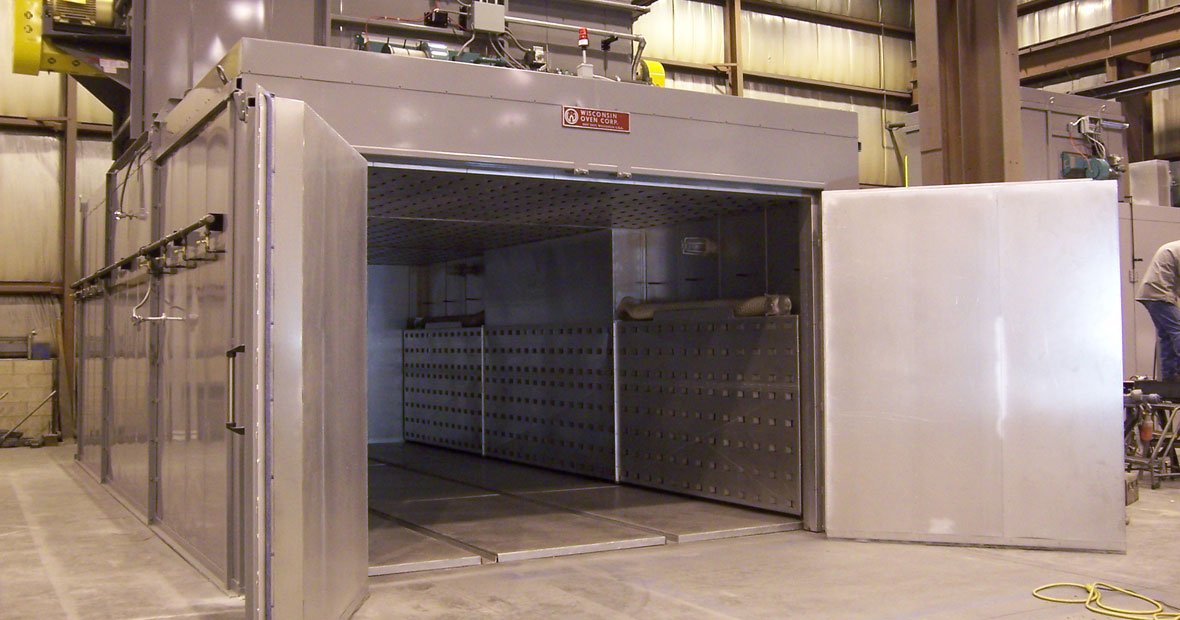
In an industrial landscape increasingly defined by the dual imperatives of efficiency and sustainability, technology is ever at the forefront of innovation. One technology that has been making headway across multiple industries is infrared industrial ovens. These ovens offer a slew of advantages over traditional heating methods, including but not limited to enhanced energy efficiency, cost-effectiveness, quality improvement, and environmental benefits. This article dives deep into the transformative potential of infrared industrial ovens, examining their mechanisms and highlighting the extensive array of advantages they offer. Follow this link for more details.
Infrared Industrial Ovens and Their Mechanism
The Basics of Infrared Radiation
Infrared industrial ovens function through the emission of infrared radiation, a type of electromagnetic radiation that transfers energy in the form of heat. Unlike conventional ovens that heat air to warm the object inside, infrared ovens directly heat the object, bypassing the need to heat the surrounding air.
The Infrared Spectrum and Wavelength Variations
It's crucial to understand that not all infrared radiation is the same. The infrared spectrum is subdivided into different ranges, such as near-infrared, mid-infrared, and far-infrared, each with unique properties that make them suited for specific applications. The wavelength selected impacts the depth of heat penetration and the speed of the heating process.
How Infrared Ovens Differ from Conventional Ovens
In traditional ovens, heat transfer is generally achieved through convection, which involves the circulation of hot air. Infrared ovens eliminate the need for this intermediary, thereby enhancing the heating efficiency and speed. The direct heating mechanism also enables a more uniform distribution of heat.
Efficiency Advantages of Infrared Industrial Ovens
Energy Consumption Factors in Infrared Ovens
One of the most compelling advantages of infrared ovens is their energy efficiency. Because these ovens do not need to heat air as an intermediary, less energy is wasted. Additionally, the direct heating mechanism can often accomplish the desired heating effect more rapidly, further reducing energy consumption.
Process Speed and Productivity Enhancement
Time is another critical factor in industrial settings. Infrared ovens typically heat objects more quickly than conventional ovens, cutting down on process times. This speed not only reduces energy costs but also boosts overall productivity, making it possible to achieve higher output in the same amount of time.
Uniform Heating and Its Impact on Efficiency
Infrared ovens are known for their ability to provide uniform heating across the surface and depth of materials. This consistency minimizes the risks of defects or inconsistencies in the final product, reducing waste and the need for rework.
Cost-Effectiveness of Using Infrared Heat in Industrial Processes
Lower Operational Costs
Energy efficiency naturally translates to cost savings. Infrared ovens often result in lower utility bills, offsetting their higher initial costs over time.
Reduced Maintenance Requirements
Infrared ovens generally have fewer moving parts than their conventional counterparts, resulting in lower maintenance costs. The absence of circulating air also means less wear and tear on components.
Scalability and Retrofitting Opportunities
Given their efficiency and reduced space requirements, infrared ovens can be easily scaled up or down, allowing for greater flexibility in industrial operations. Retrofitting existing operations with infrared technology is also generally straightforward, offering a cost-effective path to modernization.
Quality Improvement in Production with Precision Heat Application
Material-Specific Heating
The ability to choose specific wavelengths of infrared radiation allows for highly targeted heating, ideal for complex materials or processes that require precision.
Improved Material Properties
Uniform and precise heating often results in improved material properties, such as better adhesion of coatings or enhanced structural integrity in manufactured goods.
Reduced Risk of Contamination
Because infrared ovens operate without the need for circulating air, there is a reduced risk of contamination, making them ideal for sterile or clean-room environments.
Environmental Benefits of Infrared Industrial Ovens
By consuming less energy, infrared ovens contribute to a reduction in CO2 emissions, thus mitigating their environmental impact.
The more efficient heating process of infrared ovens produces less waste heat, but what is produced can often be more easily captured and reused, contributing to a circular energy model.
With lower energy needs and the potential for waste heat recovery, infrared ovens align well with sustainable manufacturing goals, making it easier for companies to adopt greener practices.
Safety Aspects of Using Infrared Technology in Industrial Ovens
The absence of circulating hot air and combustible gases in the heating chamber results in a lower fire risk compared to conventional ovens.
Infrared ovens can be designed with multiple safety features such as emergency shut-offs, alarms, and fail-safes to protect operators from accidental burns or other hazards.
Due to their inherent safety features, infrared ovens often find it easier to comply with industrial safety standards, further reducing risks and potential liabilities.
Future Trends of Infrared Heating in the Industrial Sector
Infrared ovens are increasingly being integrated with the Internet of Things (IoT) and automation systems, enabling real-time monitoring and adjustments for maximum efficiency.
As research continues, the potential applications of infrared heating in treating new and advanced materials are likely to expand, widening the scope of industries that can benefit from this technology.
As governments worldwide continue to tighten environmental regulations, the energy efficiency and lower emissions of infrared ovens could make them increasingly attractive options for compliance.
While this article may not cover the entire gamut of benefits offered by infrared industrial ovens, it provides a comprehensive look at why these ovens are gaining in popularity and how they can significantly contribute to industrial efficiency, safety, and sustainability.